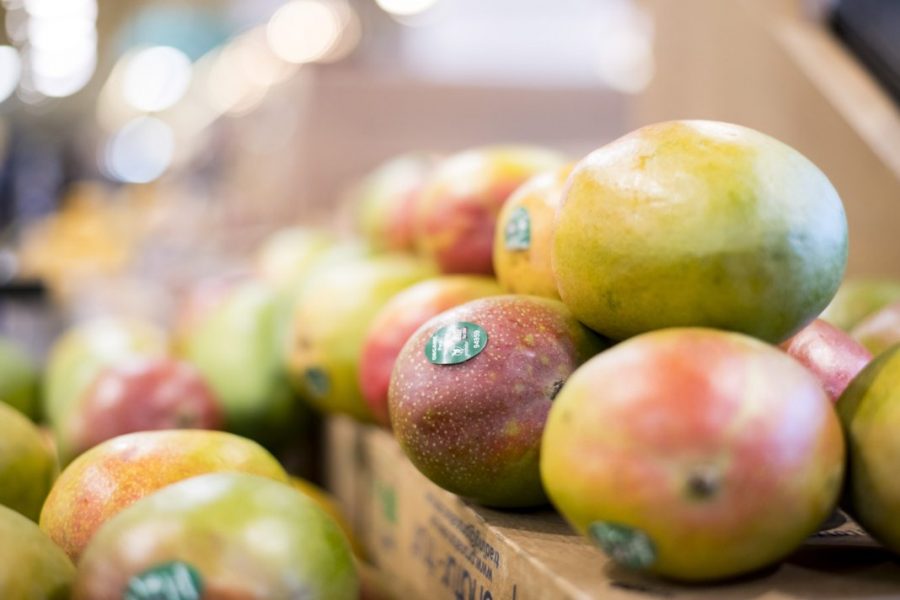Eating healthy often means broadening horizons, exploring new foods or finding new recipes that incorporate fruits and vegetables in different ways. For shoppers, this is easy because globalization has ended the need for people to eat seasonally — berries and leafy greens can now be found in most supermarkets, even in the middle of winter. However, those looking to preserve farmland and green spaces, reduce their carbon footprint or support their economy still shop locally and seasonally.
Warmer weather means phasing out soups, stews, citrus and other comfort foods. Say goodbye to the winter season and the foods it brings. Navel oranges, kumquats, grapefruit, cabbage, potatoes and onions are just a few of the foods that are hitting the tail-end of their seasons.
As winter transitions into spring, however, seasonal eaters will start to see sunnier flavors. Asparagus will hit its peak of season — this is the time when a fruit or vegetable is at its most flavorful, most nutritious and cheapest — in mid-March, but keep an eye out for avocados, pineapples, strawberries, grapes, mangoes and many sweet and savory fruits and veggies.
These sweeter spring fruits and vegetables make even the dreariest of weather seem a little brighter, so take advantage of the seasonal discounts. Out-of-season produce has to be shipped in from other states or other countries, which causes prices on those items to rise. Eating seasonally means the fruits and vegetables you’re buying while they’re hitting their peak seasons are more abundant and being grown closer to home, so you’re not being charged more for shipping and greenhouse costs.
With the numerous benefits of eating locally — including cheaper produce with lower risk of contamination from animals or diseases — comes the question of how best to get local produce. Salt Lake City participates in several programs promoting local eating and is home to several farmers markets. Every Saturday at the Rio Grande Depot (300 South, Rio Grande Street) foodies and friends are welcome to shop the Downtown Farmers Market’s Rio Grande Winter Market for local produce and products from 10 a.m. to 2 p.m. The Winter Market at Rio Grande started in November and will be held in the depot until April 21. Then the Downtown Farmers Market transitions from the Rio Grande Winter Market to Saturday Markets, held at the same time in Pioneer Park (350 West, 300 South).
In September, local companies host Eat Local Week. The event helps bring together urban Utahns’ farm-fresh produce and provides a great way for foodies just starting out to get more involved with companies and farmers in their communities. During the event, there is an “Eat Local Challenge.” Anyone interested in eating more local foods decides just how many meals they think they can make using only local ingredients in a single week and signs a pledge for that number. Throughout the week, local companies and the Salt Lake City Farmers Market sponsor events and create learning opportunities for those interested in getting more information on the amazing variety of local foods Utah has to offer.
For more information about local farmers markets, the Eat Local Week program and other markets or events, take a look at www.slcfarmersmarket.org.
@ladyofth3lak3


